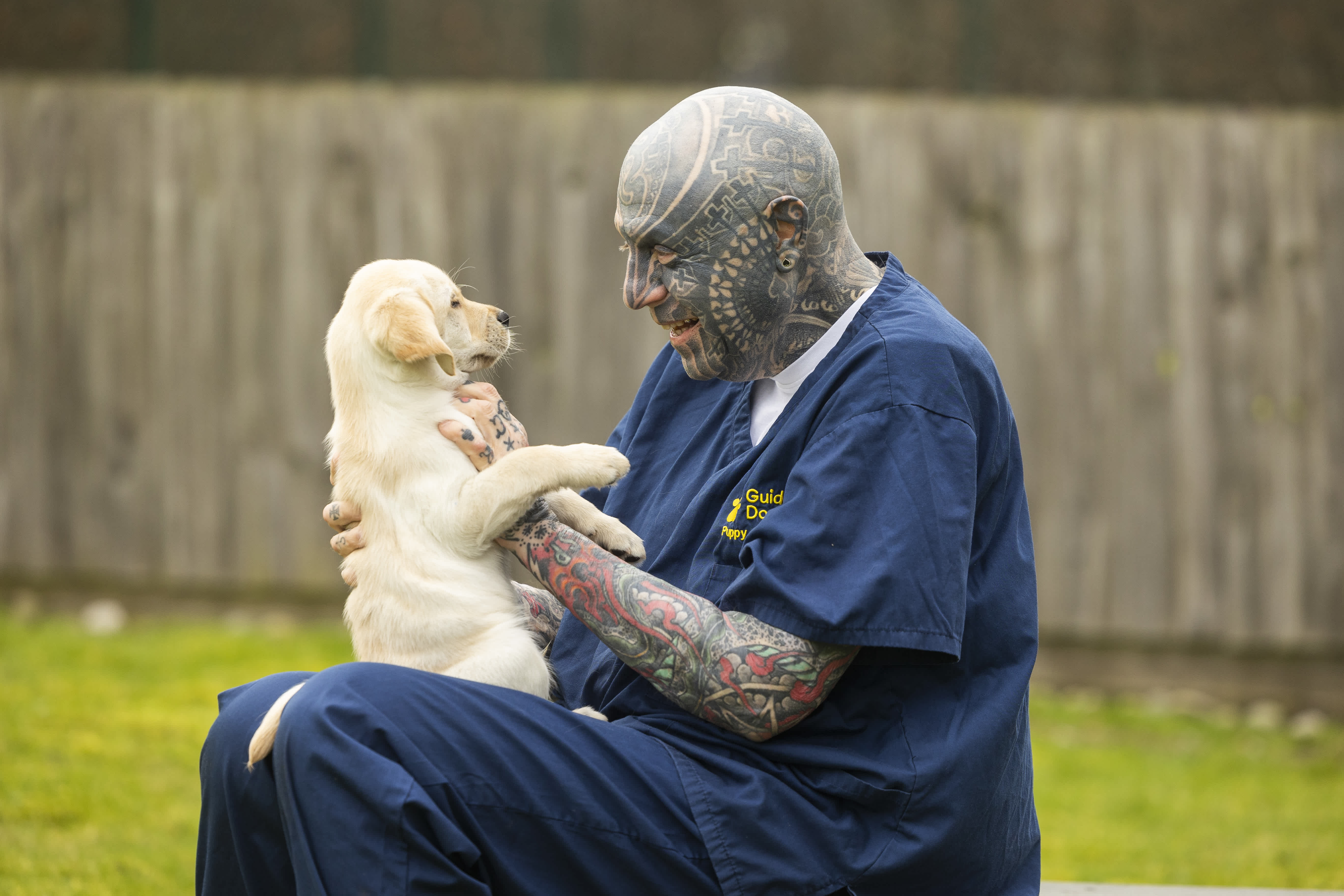With garden centres expecting their annual spring rush, here's how you can transform your garden with your dog in mind.
It’s not just humans who appreciate the fresh blooms - dogs do too. With a sense of smell up to 100,000 times more powerful than humans, dogs rely on scent to explore the world, gather information about their environment, reduce stress, and stay mentally stimulated - making the garden their ultimate haven.

Hannah Wright, Guide Dog Programme Lead at Guide Dogs, explains: "Whether it’s the joy of sniffing through flowers, herbs and foliage, rolling around on the lawn or digging in a dedicated sandpit, a few simple changes can turn an ordinary garden into a sensory haven for dogs. By embracing their natural behaviours, owners can create an environment where dogs can thrive.”
Interactive scents
Creating a truly dog-friendly outdoor space means incorporating different textures, scents, and interactive elements. Lavender, freesia and sunflowers are all dog-friendly flowers to have in the garden, as well as various herbs such as rosemary, oregano and thyme. Sniffing flowers can be beneficial as your dog is engaging receptors in their brain, driving mental stimulation, important for wellbeing.

Spring flowers
While flowers can be a helpful enrichment tool, dog owners need to watch out as not all are safe for dogs and spring is peak time for toxic plants including daffodils, tulips and hyacinth. If eaten, symptoms can include vomiting, drooling and tremors. Contact your vet immediately if you think your dog is in danger.
Fun foraging
Longer grass encourages foraging, tapping into a dog’s curiosity and problem-solving skills, while a dedicated grassy patch for rolling around provides a joyful, sensory-rich experience that many dogs love. Why not scatter some of your dog’s favourite treats here to encourage searching?

Dig zones
Designated digging areas are not only a powerful tool to help dogs satisfy their natural instincts, they ensure your beautiful flower beds are kept intact. Why not try a sandpit area in the garden, which allows dogs to relieve stress and bust boredom while keeping the rest of the garden in shape. You may also want to hide their toys, chews and bones here as a great hiding spot for them to discover!
Rolling lawns
Dogs love to roll in soft, grassy areas as they pick up scents, scratch an itch and in general it feels good for them. Ensure they have space to do so by maintaining a dedicated patch of lawn and avoiding chemical treatments or feeds to grass that may be harmful to animals.
Different textures
Ensuring dogs have different textures to feel under their paws is important. Adding bark, gravel, or stepping stones can create varied sensory experiences.

Shady retreats
Dogs can struggle with higher temperatures, so providing a cool, shady area is essential. A covered pergola, dense foliage, or a dedicated shelter can offer a relaxing retreat out of the sun.
Create a doggy loo!
Pet urine can leave burn patches on your lawn, but with a little patience and positive reinforcement, you can train your dog to use a designated toilet area. Encourage them by using their usual cue word when they’re ready to go and reward them for doing it in the right spot. For added convenience, you can fence off this section—keeping your garden tidy and your grass greener!
For more expert dog care advice, visit guidedogs.org.uk/dog-care



